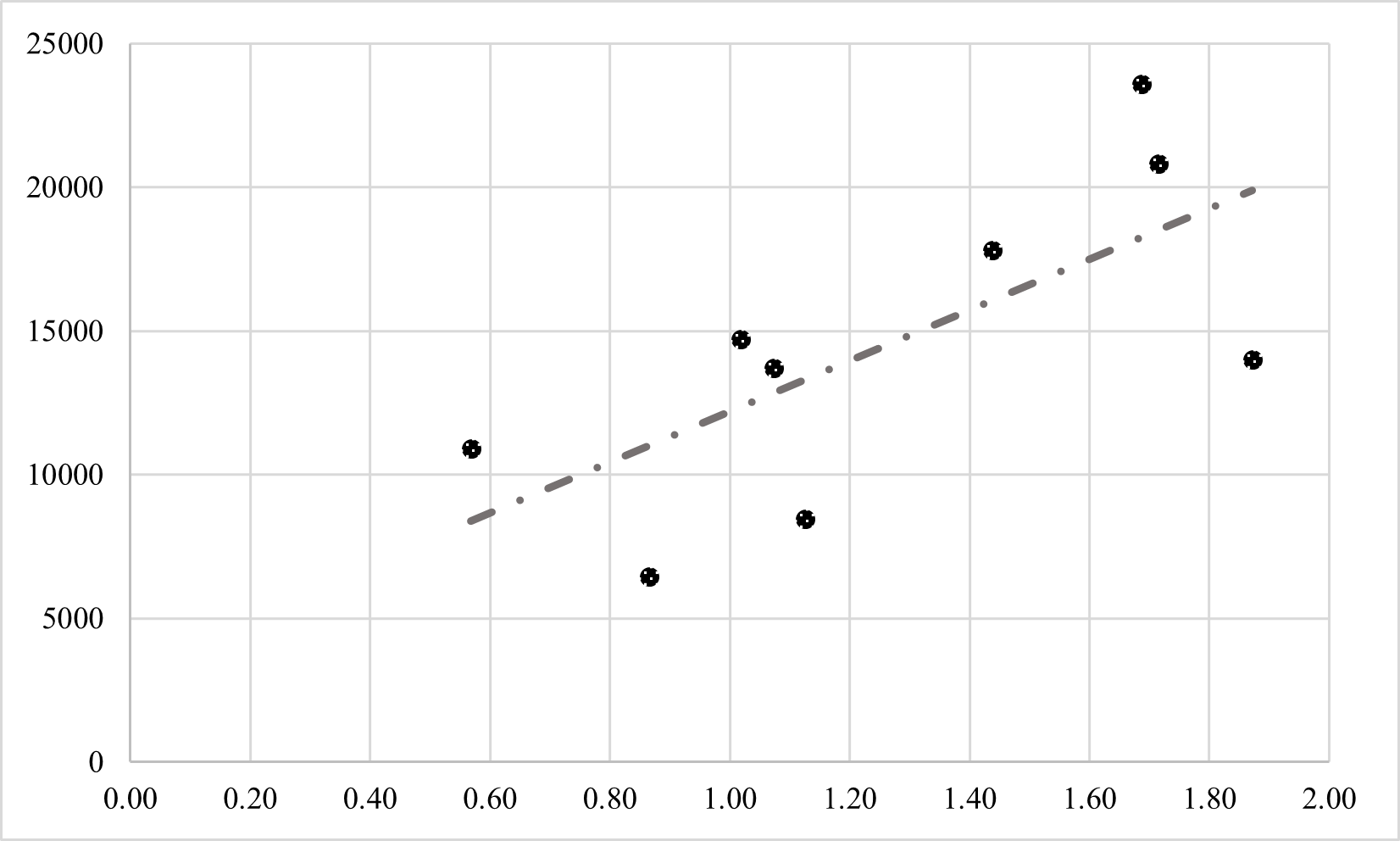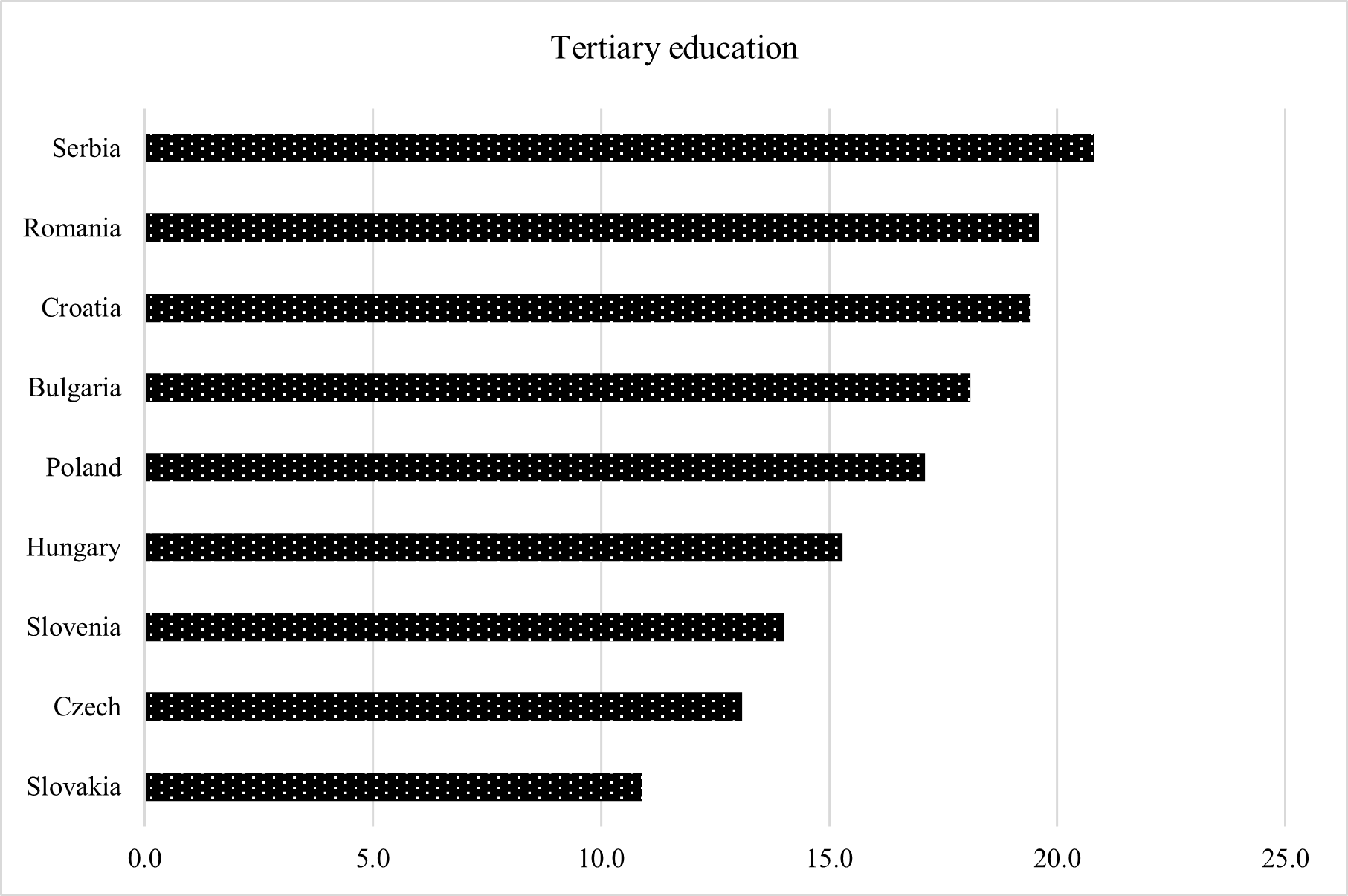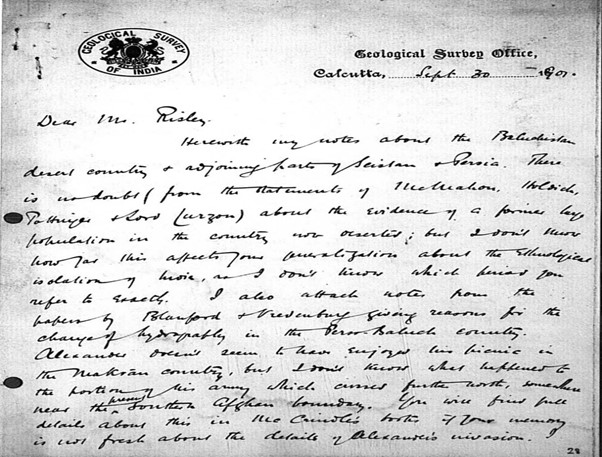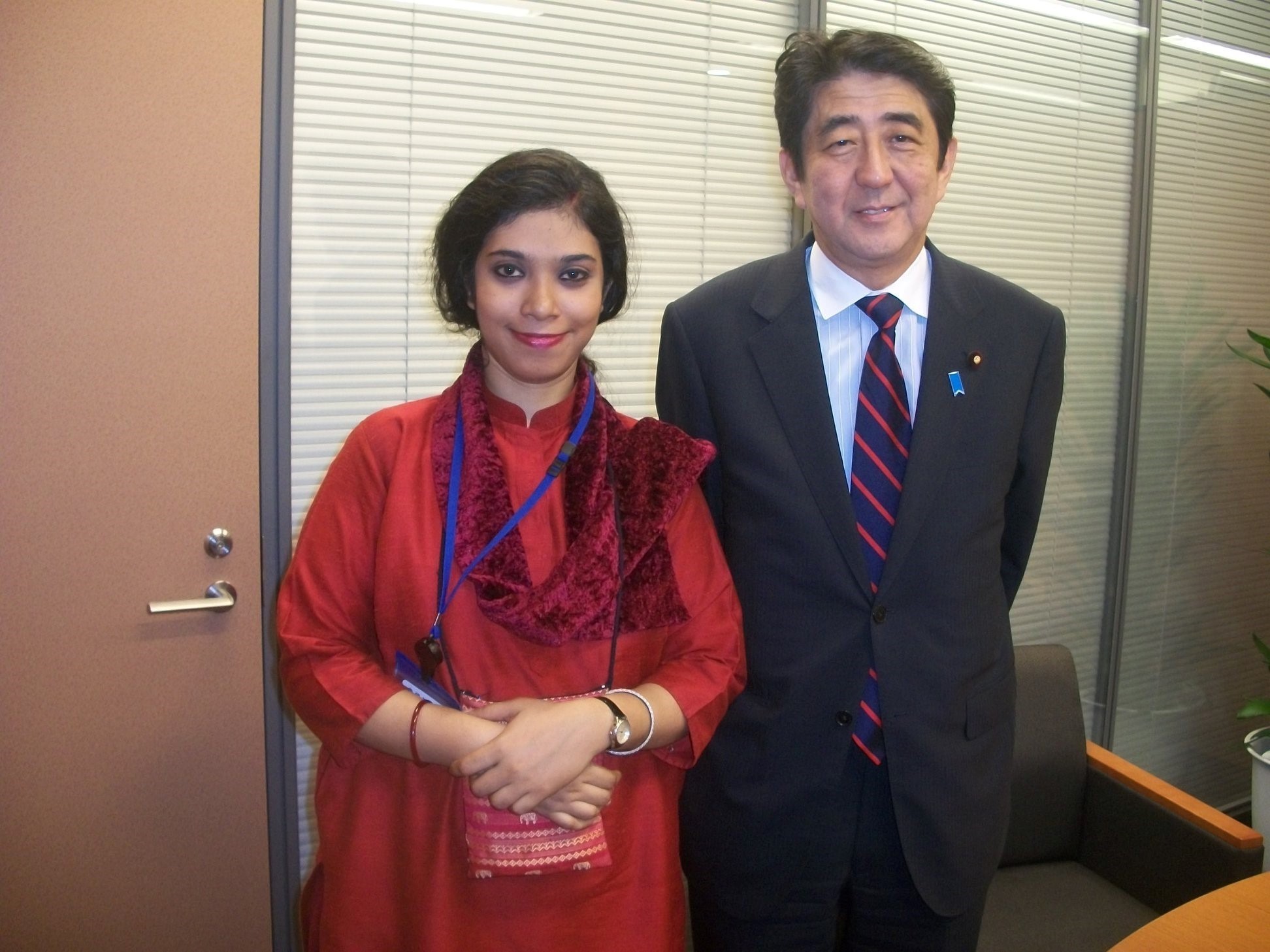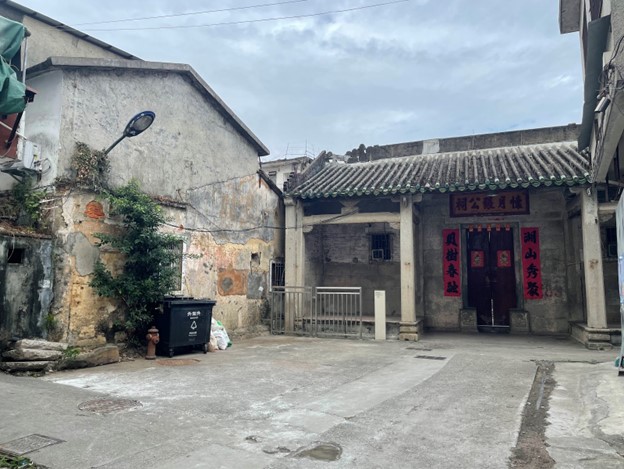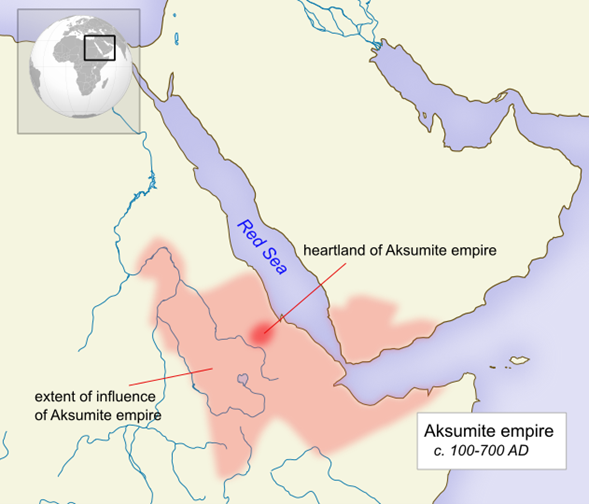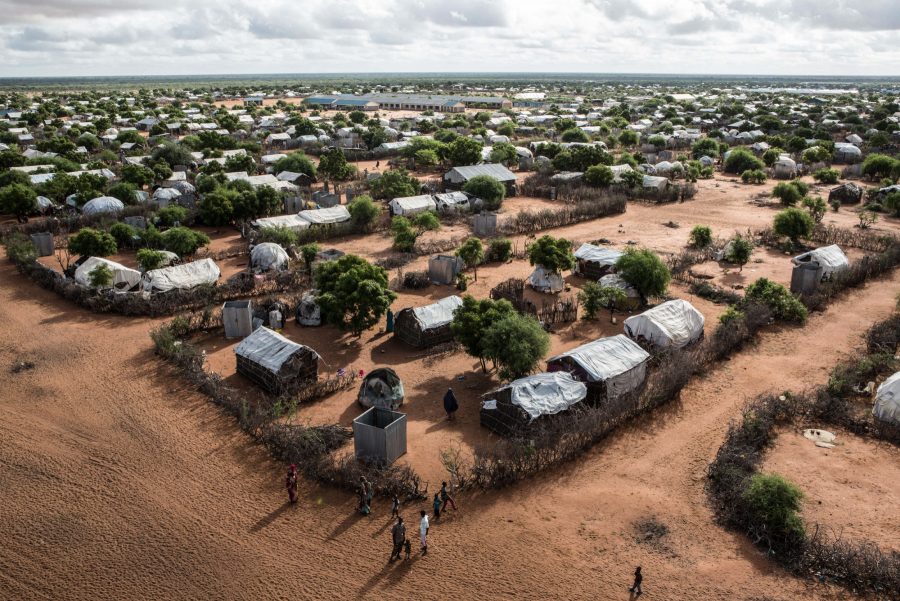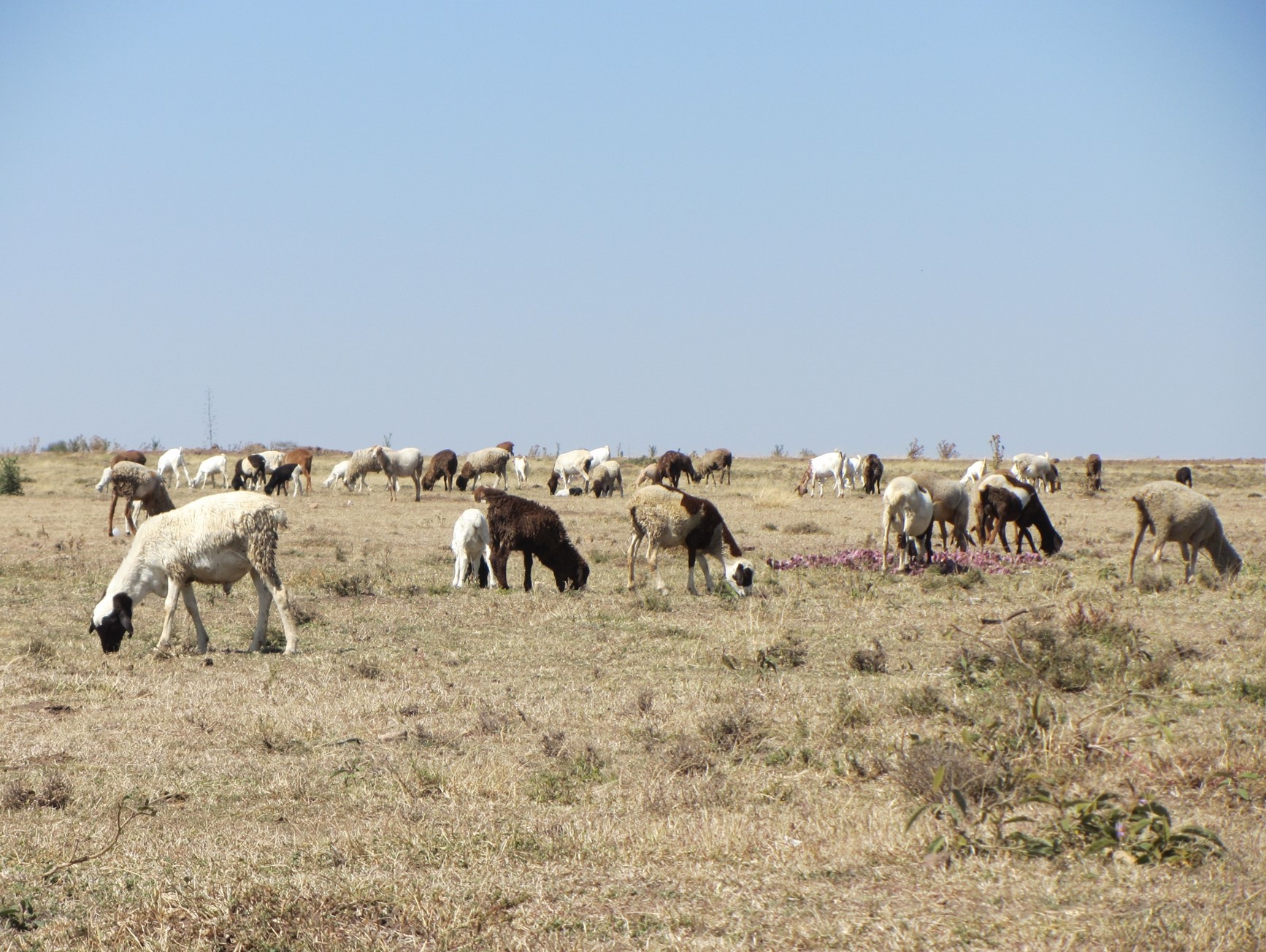Aliki Gkana, a 2018 Sylff fellow, took advantage of an SRA award in 2021 to conduct research on a question related to the field of intangible cultural heritage protection under international law. As well as sharing her findings, she goes on to make suggestions for ways to improve on the framework of the 2003 UNESCO Convention for the Safeguarding of the Intangible Cultural Heritage.
* * *
The safeguarding of the intangible cultural heritage (ICH) appears to be a very interesting and, in my opinion, one of the most challenging areas of contemporary international cultural heritage law, as well as being new and constantly evolving. Following the adoption of the 2003 UNESCO Convention (Convention),[1] which was endorsed by the international community rather quickly in terms of public international law procedures (with already 180 States Parties as of July 27, 2020), important related progressive developments increasingly attract the attention of all stakeholders involved: UNESCO, states, academics, and ICH bearers (interested communities, groups, and individuals).
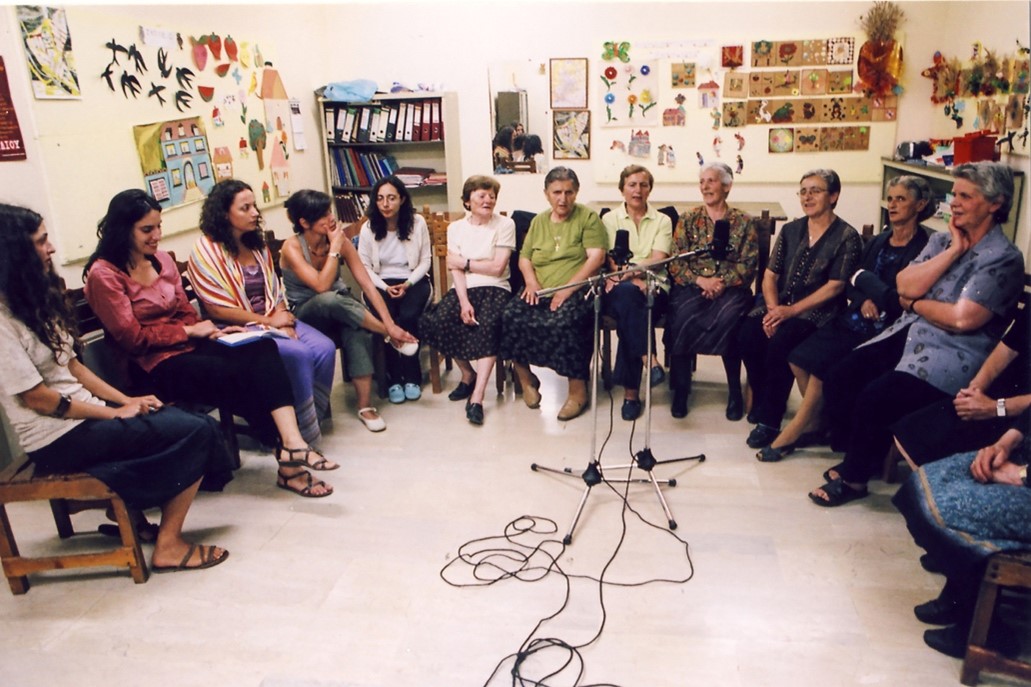
Photo accompanying the inscription of the Polyphonic Caravan on UNESCO’s Register of Good Safeguarding Practices, 2020. (© Alexandros Lampridis, 2007)
The field of ICH attracted my attention very early on during my studies in international law, and my theoretical engagement with it developed in parallel with a previous and manifold engagement in the practice of living heritage—through years of active participation in the Polyphonic Caravan, an institution of Panhellenic and cross-border action dedicated to safeguarding the Epirus Polyphonic Song.[2] These two aspects of my involvement were ideally correlated to deepen my contact with the subject matter of my doctoral research, which is intended to reflect in its theoretical legal analyses a dialectic relationship with the actual circumstances and concerns on the ground.
Research Focus and Objectives
Under this prism, my doctoral thesis researches the position of ICH in international law in whole by examining the existing protection framework that governs, defines, and potentially restricts it, as well as the conditions for its evolution at a moment when it is already dynamically developing. It aspires to contribute to ICH protection in relation to “unresolved” legal issues by investigating the limits and “inaccessible” areas of the existent legal framework and to the progress of scientific research in the field by making innovative suggestions for reformation, creative enlargement, and specialization, dealing with existing constraints towards a more functional safeguarding. In this context, its approach uses ICH as a basis for giving prominence to the interactive relationship between international cultural heritage law and other areas of international law, such as human rights, intellectual property, and environmental law, as well as highlighting the field of ICH as an ideal case study for the detection and examination of fundamental public international law issues.
In particular, the issue of participation of communities, groups, and, where applicable, individuals[3] is crucial for the function of the safeguarding system in its whole and is pointed out as one of the prominent topics gaining ground in international discussions[4] at expert and intergovernmental levels. In fact, it constitutes a rather challenging aspect of the Convention’s application, since it directly involves civil society in a mechanism that is functionally addressed to states, trying to compromise the interests of states and peoples over their living heritage expressions.[5] As a result, the said participatory approach to cultural heritage safeguarding initiated by the 2003 UNESCO Convention,[6] which positions the ICH bearers at its heart, could be questioned insofar as relevant state practice disrespects or undermines this role at a national or international level, especially given that the existing protection framework does not contain the necessary legal guarantees.
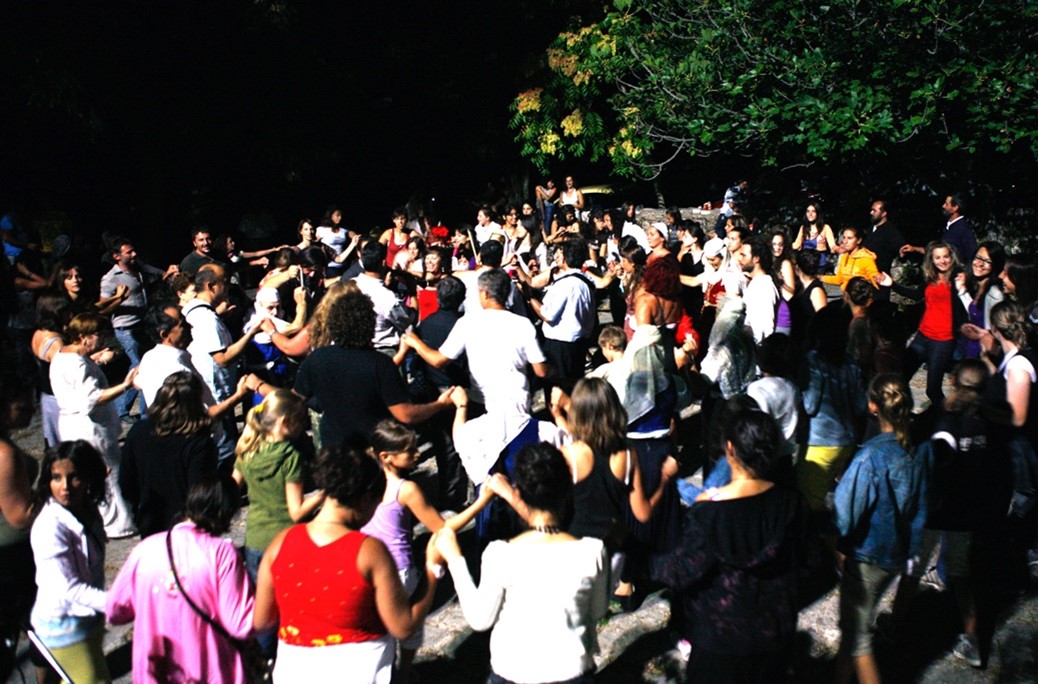
Photo accompanying the inscription of the Polyphonic Caravan on UNESCO’s Register of Good Safeguarding Practices, 2020. (© Alexandros Lampridis, 2012)
As such, the objectives of my SRA project consisted of the following axes: detection of the legal gaps and deficiencies related to the participation of communities, groups and persons, examination of relevant state practice and possible consequences to communities’ and people’s relationship to their ICH, analysis of the consequent legal as well as social and anthropological questions, study of the emerging contemporary tendencies and perspectives, sharing and exchange of views with active and experienced experts involved in such discussions, and formulation of proposals for alternatives in view of a more effective protection framework for communities, groups and, where applicable, individuals in light of the above.
Observations and Proposals
The research led me to collect a series of interesting remarks, positions, and experiences, shared directly by experts and representatives of NGOs and communities involved in various ways in the UNESCO’s safeguarding mechanism for ICH. Interestingly, their positions were often divergent with regards to the central question, depending mainly on the level and nature of their involvement (for example, as “administrators” or “addressees” of the safeguarding mechanism), their background, informed knowledge, and approach to issues of ICH “management” in general. At the same time, the bibliographic research allowed me to collect valuable resources and find contemporary tendencies, practices, and progressive developments, as well as systematize information around the examination of the main subject matter, including in the context of UNESCO’s statutory procedures and relevant scholarly writings.[7]
As a result, the project led to the correlation of practice and theory in detecting the legal gaps of the ICH safeguarding mechanism and formulating relevant proposals as a response. On the one hand, the mechanism could be characterized by the following major deficiencies: absence of specific legal guarantees in favor of communities’, groups’, and individuals’ widest possible participation in the Convention’s implementation and active involvement in the management of their ICH,[8] inclusion of “weak” and “loose” legal obligations promoting only a best-effort approach, and absence of an enforcement tool ensuring states’ compliance with even these loose obligations apart from the periodic reporting process.[9] By extension, some of the major questions that were highlighted in the course of the research project and would need further examination are whether communities are at all invited or encouraged to participate in state actions for their ICH’s safeguarding, if they or their ICH are misrepresented or marginalized, if their involvement is full and direct or limited and canalized, and how their participation and consent in the nomination process are measured.[10]
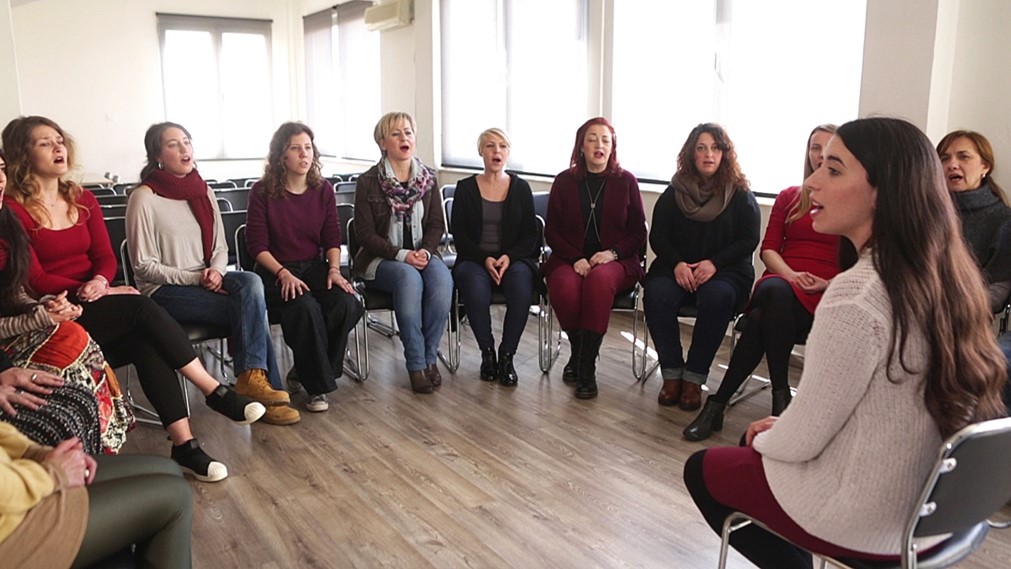
Photo accompanying the inscription of the Polyphonic Caravan on UNESCO’s Register of Good Safeguarding Practices, 2020. (© Alexandros Lampridis, 2019)
On the other hand, the association of the personal views of the people involved with the more theoretical analyses permitted an overview of not only the legal but also the social and anthropological consequences related to the possibly improper function of the UNESCO’s system in question. It is notable that, in some cases, the identification of ICH elements and their communities is considered fundamental when it comes to which and whose ICH can “reach” protected status under the UNESCO mechanism, something that is left completely at the states’ discretion and may inevitably raise political or other social issues. And this becomes especially apparent during the procedure of nomination for inscription of elements on the ICH National Inventories or the Convention’s Lists,[11] when problematic policies of States Parties can often instrumentalize ICH or favor conflicts over ICH’s “ownership” and “misappropriation,” even within the same communities and groups of people.
The following could be some proposals for ameliorating the system’s function in favor of a more meaningful participation of communities, groups, and, where applicable, individuals in it, aimed at filling the systemic gaps and deficiencies and responding to the concerns raised: the positive use of the international human rights protection mechanism for more effectively protecting ICH bearers and their relationship with their ICH, and the reinforcement of a human rights-based approach within the existing UNESCO system that could ensure the respect of the Ethical Principles for Safeguarding ICH and that could be translated into concrete measures, such as the recognition of an enhanced role of civil society actors, including but not limited to the ICH NGO Forum, to act in an advisory capacity to the ICH Intergovernmental Committee, the provision of possibilities for communities and persons to directly address the Committee, as well as the possible adoption of other new rules and procedures in this direction.
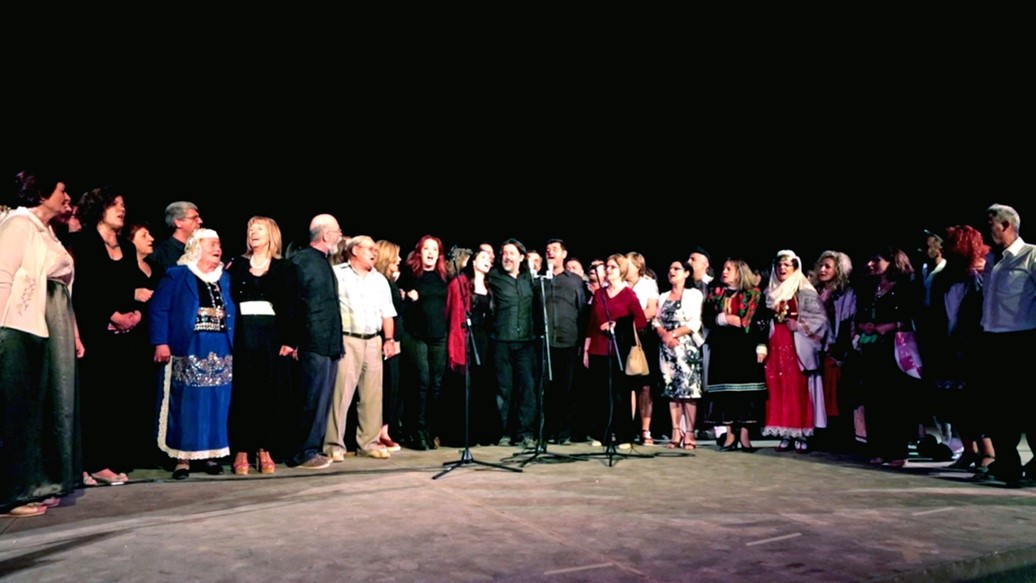
Photo accompanying the inscription of the Polyphonic Caravan on UNESCO’s Register of Good Safeguarding Practices, 2020. (© Alexandros Lampridis, 2018)
In conclusion, the research that I conducted with an SRA award offered the opportunity to focus in particular on the critical questions mentioned above, highlighting the role that the progressive development of international law could play in favor of respect for an enhanced active role of communities and their members in the evolution of the 2003 UNESCO Convention’s protection framework and in view of its future implementation.
[1] See the UNESCO Convention for the Safeguarding of the Intangible Cultural Heritage, which was adopted in Paris on October 17, 2003, and entered into force on April 20, 2006: https://ich.unesco.org/en/convention (last accessed May 31, 2022).
[2] For more information on the Polyphonic Caravan, which was the first-ever proposal from Greece for UNESCO’s Register of Good Safeguarding Practices in the field of ICH—one of the three international lists of the 2003 UNESCO Convention—and was inscribed on the Register in 2020, see: https://ich.unesco.org/en/BSP/polyphonic-caravan-researching-safeguarding-and-promoting-the-epirus-polyphonic-song-01611 (last accessed May 31, 2022).
[3] See the reference by UNESCO on the involvement of communities, groups, and individuals: https://ich.unesco.org/en/involvement-of-communities-00033 (last accessed May 31, 2022).
[4] Read about the interesting topics discussed at an expert meeting dedicated to community involvement in safeguarding ICH that took place in Tokyo, Japan, a while before the Convention’s entry into force, as well as its conclusions, here: https://ich.unesco.org/en/events?meeting_id=00015 (last accessed May 31, 2022).
[5] For a more thorough analysis, read my article, “Peoples’ Heritage or States’ Heritage? Sovereignty in the UNESCO Mechanism for the Safeguarding of Intangible Cultural Heritage,” ESIL Papers Series, 2020, available at SSRN.
[6] The Convention recognizes the bearers’ important role as well as inherent connection to their ICH. See for example the Convention’s preamble, paragraph 6, article 2, paragraph 1, article 11(b), and article 15.
[7] An updated list of 116 research references related to the theme of “community participation” can be found in the 2003 Convention Research Bibliography: https://ich.unesco.org/en/2003-convention-and-research-00945 (last accessed May 31, 2022).
[8] See the States Parties’ commitments as reflected in a series of provisions within and beyond the conventional text: “UNESCO Operational Directives for the Implementation of the Convention for the Safeguarding of the Intangible Cultural Heritage,” as amended (2020), paragraphs 24, 79–99, 157(e), 160, 171, 176, 185, 186, and 189, https://ich.unesco.org/doc/src/2003_Convention_Basic_Texts-_2020_version-EN.pdf; and “Ethical Principles for Safeguarding Intangible Cultural Heritage,” adopted by the ICH Intergovernmental Committee in 2015, https://ich.unesco.org/en/ethics-and-ich-00866 (last accessed May 31, 2022).
[9] See more at https://ich.unesco.org/en/periodic-reporting-00460 (last accessed May 31, 2022).
[10] The “free, prior and informed consent” of the communities, groups, and individuals is one of the most discussed prerequisites for every inscription on the Convention’s Lists and should in principle be ensured by the state at every stage of policy or measures’ implementation. See more on the inscription criteria at https://ich.unesco.org/en/forms; see more on the Lists and the inscribed elements by each State Party at https://ich.unesco.org/en/lists (last accessed May 31, 2022).
[11] Read about the very interesting discussions held in the context of the ongoing global reflection on the Convention’s listing mechanisms, which may in the near future lead to revision of the Convention’s Operational Directives, here: https://ich.unesco.org/en/global-reflection-on-the-listing-mechanisms-01164 (last accessed May 31, 2022).





